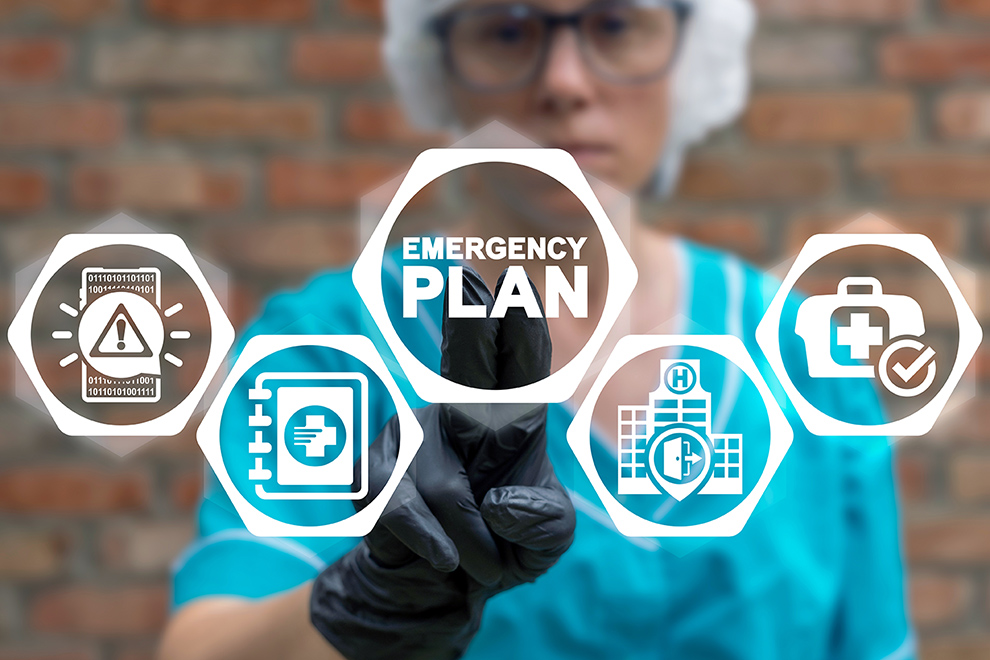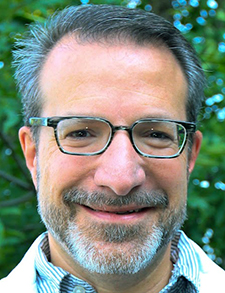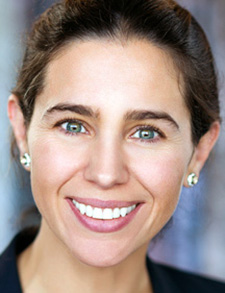
Talk about the right group for the right moment!
SHM’s Special Interest Group (SIG) for Hospital Medicine Disaster Preparedness and Management has been working for years to be in a position to better handle acute-care surges, as there is an established years-long national shortfall in both health care staffing and available bed space in hospitals. With surges being defined as roughly 25% more patients immediately, the so-called SIG had long planned how to help hospitalists deal with bombings, natural disasters, or major motor vehicle accidents, among other things.
And then COVID-19 hit.

Dr. Persoff
“The reality is, most hospital systems were already straining their capacity prior to COVID-19,” said SIG vice chair Jason Persoff, MD, a hospitalist and assistant director of emergency preparedness at the University of Colorado Hospital in Denver. “Early in the pandemic, things weren’t as bad, in part because we were able to shut down elective surgeries and increase the capacity of the hospital to take more patients in.
“But now, post that first year, we are looking at record numbers of hospitalizations for people who had either delayed care, or who are suffering from COVID-19, and that is in the backdrop of still maintaining full surgical schedules, etc. And 25% of the hospital workforce disappeared during COVID-19. People stopped working in hospitals and all health care settings. It has been an ongoing, significant disaster, finding stuff, staff, and space, which are the three main tenants of emergency preparedness.”
SHM has 27 SIGs that are sponsored by SHM to “create communities of hospitalists around topics of interest, practice areas, and/or care models.”
The SIG for HM Disaster Preparedness and Management has 306 members and was established in 2019.

Dr. Frank
SIG chair Gaby Frank, MD, FACP, SFHM, says that plans for the group include recorded webinars that hospitalists can view in times of crisis. As medical director of the Biocontainment Unit at Denver Health Hospital Authority, she views those sessions as real education delivered at just the right time.
“How can I get quick access to resources that can make me ready in like, an hour to respond to this event that is happening in my institution/city/town right now,” she said. “That’s why I think making these resources available on the Society of Hospital Medicine website is important for the SIG…and tailored for hospitalists, as most current resources focus on emergency medicine or trauma specialties.”
Dr. Frank is also interested in doing in-person training that can effectively deputize hospitalists to lead preparedness sessions within their own institutions.
“If we can get more people interested in doing the in-person training, then they can bring it to their institution, and they can have participation in an emergency preparedness committee, and each institution will have a little more experience and skills than if they just went to a webinar,” she said. “There is room for both, and there’s value in all kinds of training.”
Dr. Persoff notes that the need for hospitalist training in emergency preparedness can’t be overstated.
“At most institutions, hospitalists care for at least 25-40% of all patients in the hospital,” he said. “That can be as a consultative role or as a primary role. So, the footprint of hospitalists is quite large, and when an acute surge occurs—be that by a multi-trauma accident, burns, or chemical exposures—the tendency is for people to think this is a critical care or surgical issue. But the reality is if the whole hospital is affected by a surge, then 25 to 40% of that hospital is run by hospitalists.”
Dr. Persoff says that in an area of medicine as high-pressure as emergency and crisis management, having a group of like-minded hospitalists to share pearls and pitfalls with is valuable.
“At the very personal and intimate level, there’s the need to talk about our narrative, our story, with other colleagues,” he said. “A lot of people had a lot of pent-up stress that they were internalizing. The need for having peer support, we found, was extraordinarily important. More globally, how do we as institutions deal with that? And how can we figure out best practices in this situation.”
Dr. Frank says that working with the Task Force for Mass Critical Care—a group of emergency-minded physicians that first emerged in the mid-2000s and publishes articles in CHEST Journal— is one way to help build institutional resiliency. Ideas include not charting less critical information during surges or taking away some regulations during crisis moments and creating schedules—even during emergencies—that give hospitalists and other practitioners more work-life balance.
“In the past, resiliency has generally been referred to the person themselves trying to find resiliency,” Dr. Persoff said. “What we learned in the COVID-19 pandemic is the idea of systems to build personal resiliency are insufficient to deal with the high quantity of demands placed on providers. What we found is, based on work Gaby and I have done with the Task Force for Mass Critical Care, is that resiliency has to come from the institutional level down.”
Richard Quinn is a freelance writer in New Jersey.